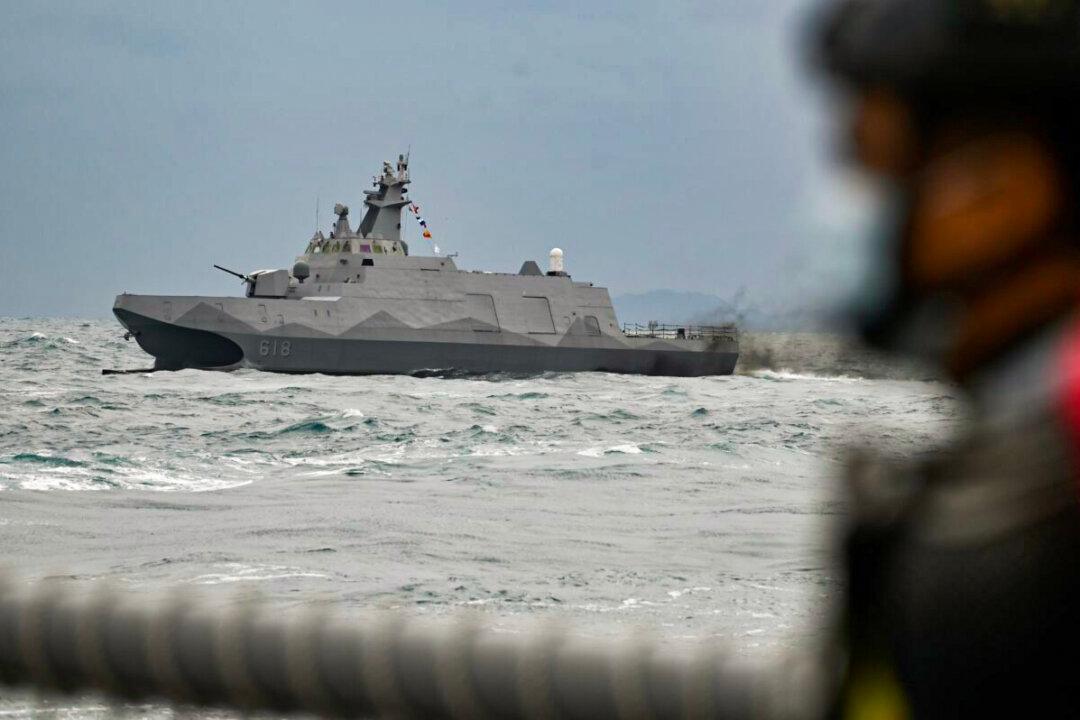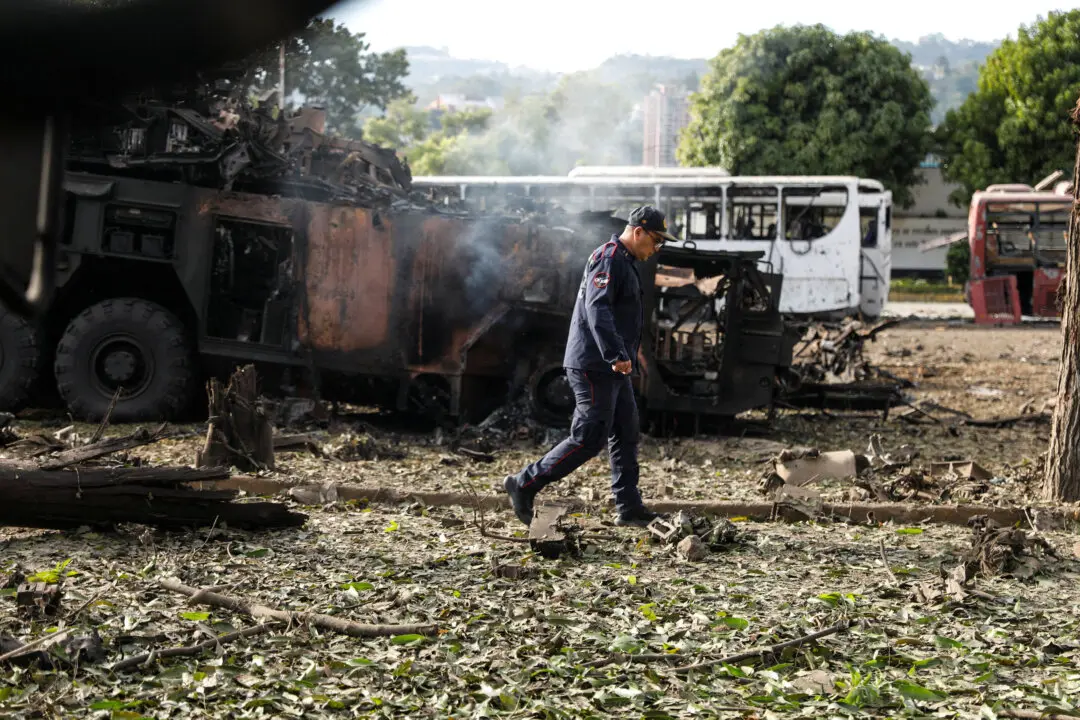Taiwan said on Sunday that China’s recent launch of a meteorological satellite has resulted in rocket wreckage crashing into its northern waters, where Beijing had previously imposed a three-day entry restriction on flights in the area.
Beijing launched its long March-4B rocket carrying the Fengyun-3G weather satellite on Sunday. The rocket blasted off at 9.36 a.m. local time from the Jiuquan Satellite Launch Center in China’s Gansu province.





